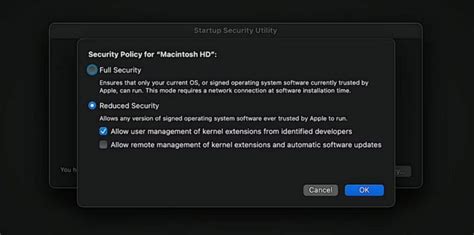5 Ways Access Control Works

Access control is a critical component of modern security systems, designed to regulate who has access to a given resource, location, or system. It works by employing a combination of physical barriers, technological systems, and administrative policies to ensure that only authorized individuals can enter or use the protected area or asset. Here are five ways access control works to provide secure, managed access:
1. Physical Barriers and_locks
Physical barriers such as doors, gates, and fences are the most basic form of access control. These barriers are secured with locks that require a key, combination, or other forms of authorization to open. Electronic locks have become increasingly popular, offering more advanced features such as keycard access, biometric scanning (e.g., fingerprint or facial recognition), and digital codes. These locks can be integrated into a larger access control system, allowing for real-time monitoring and control of who enters a facility or room.
2. Electronic Access Control (EAC) Systems
Electronic Access Control (EAC) systems go a step further by using electronic or digital means to control access. These systems typically consist of a reader (such as a card reader or keypad), a control panel, and an electric lock. When a user presents their credential (like a keycard or enters a PIN), the reader sends the information to the control panel, which checks the credential against a database of authorized users. If the credential is valid, the control panel sends a signal to the electric lock to unlock, granting access. EAC systems can be highly sophisticated, allowing for scheduling, time zoning, and multi-level access control.
3. Biometric Access Control
Biometric access control systems use unique physical or behavioral characteristics, such as fingerprints, facial features, voice, or iris patterns, to verify an individual’s identity. These systems are considered highly secure because biometric traits are difficult to falsify or replicate. Biometric access control can be used in various settings, from high-security government facilities to commercial buildings, providing an additional layer of security and convenience. Unlike keycards or PINs, biometric data is inherently linked to the individual, reducing the risk of unauthorized access through lost, stolen, or shared credentials.
4. Network and Cyber Access Control
In the digital realm, access control is just as critical as it is in physical spaces. Network and cyber access control involves managing access to computer networks, systems, and data. This can be achieved through various methods, including password protection, multi-factor authentication (MFA), role-based access control (RBAC), and attribute-based access control (ABAC). RBAC, for example, restricts system access to authorized users based on their role within an organization, while ABAC grants or denies access based on a user’s attributes, such as their department, job function, or clearance level. Firewalls, intrusion detection and prevention systems, and encryption are also vital components of cyber access control, protecting against unauthorized access and data breaches.
5. Intelligent and Integrated Access Control Systems
Modern access control systems are increasingly intelligent and integrated, combining physical security with network security and other building systems. These systems can analyze data from various sources, such as surveillance cameras, alarm systems, and sensors, to provide a holistic view of security and operations. Integration with other smart building technologies, such as heating, ventilation, and air conditioning (HVAC) systems and lighting, can also enhance efficiency and comfort. For example, an integrated system could automatically adjust lighting and temperature based on occupancy detected by access control sensors, contributing to energy savings and a more welcoming environment.
In conclusion, access control encompasses a wide range of methodologies and technologies designed to secure physical and digital assets. From basic locks to sophisticated biometric and cyber access control systems, these measures work together to ensure that resources are protected and that only authorized individuals can access sensitive areas or data. As technology continues to evolve, access control systems will become even more integrated, intelligent, and essential for maintaining security, compliance, and operational efficiency across various industries and settings.
When considering an access control system, it's crucial to assess the specific security needs of the environment. This includes evaluating the level of security required, the types of threats to be mitigated, and the feasibility of integrating the system with existing infrastructure and policies.
What is the most secure form of access control?
+Biometric access control, which uses unique physical or behavioral characteristics to verify identity, is often considered the most secure form of access control. This is because biometric traits are difficult to replicate or falsify, providing a higher level of assurance that the individual requesting access is who they claim to be.
Can access control systems be integrated with other security measures?
+Yes, access control systems can be integrated with other security measures such as surveillance cameras, alarm systems, and intrusion detection systems. This integration enhances overall security by providing a comprehensive view of the security posture and enabling more effective incident response.
By understanding the diverse methods and technologies behind access control, organizations and individuals can better protect their assets, maintain compliance with regulatory requirements, and ensure a safe and secure environment for everyone. Whether it’s through physical barriers, electronic access control systems, biometrics, cyber security measures, or integrated intelligent systems, access control plays a pivotal role in safeguarding the integrity of both physical and digital spaces.



